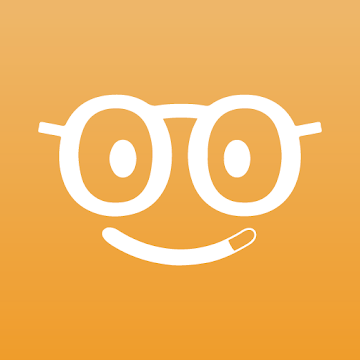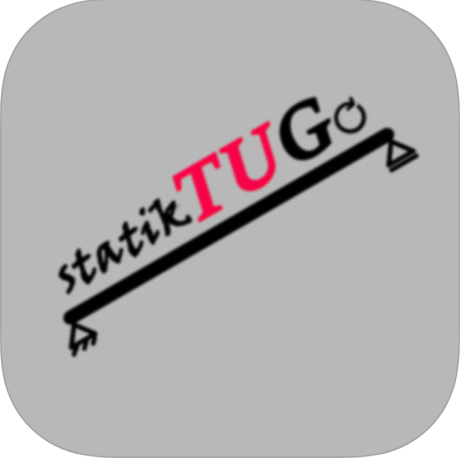My PhD-Students wrote a chapter about the usage of Microsoft Hololens „Simulation data visualization using mixed reality with Microsoft HoloLensTM„. Now it got published within the book „New Perspectives on Virtual and Augmented Reality„.
Abstract:
Simulations and test beds are very difficult topics, especially for non-experienced students or new employees in the mechanical engineering domain. In this chapter, a HoloLens app and a CAD/Simulation workflow are introduced to visualize CAD models and sensor and simulation data of a test run on an air conditioning system test bed. The main challenge is to visualize temperature and pressure changes within opaque parts, such as tubes, compressors, condensers or electrical expansion valves. The HoloLens app supports various simulations and CAD visualizations. We exemplary implemented colouring the temperature or pressure changes of the test bed parts as Mixed-Reality (MR) overlays. The main purpose of the HoloLens app is to reduce the learning effort and time to understand such simulations and test bed settings. Additionally, the app could be used as a communication tool between different departments to transfer experiences and domain specific knowledge.
[chapter @ book homepage]
[draft @ ResearchGate]
Reference: Spitzer, M., Rosenberger, M., Ebner, M. (2020) Simulation data visualization using mixed reality with Microsof HoloLensTM, In: New Perspectives on Virtual and Augmented Reality, Daniela, L. (ed.), pp. 147-162, London: Routledge, https://doi.org/10.4324/9781003001874




